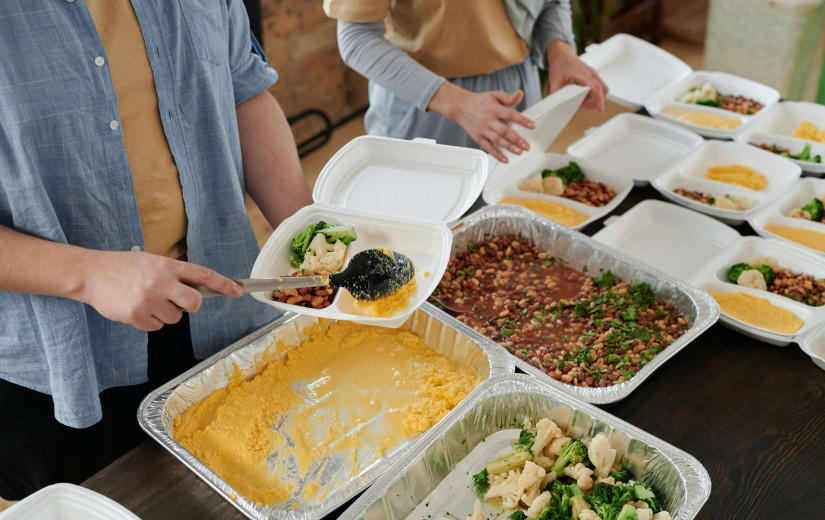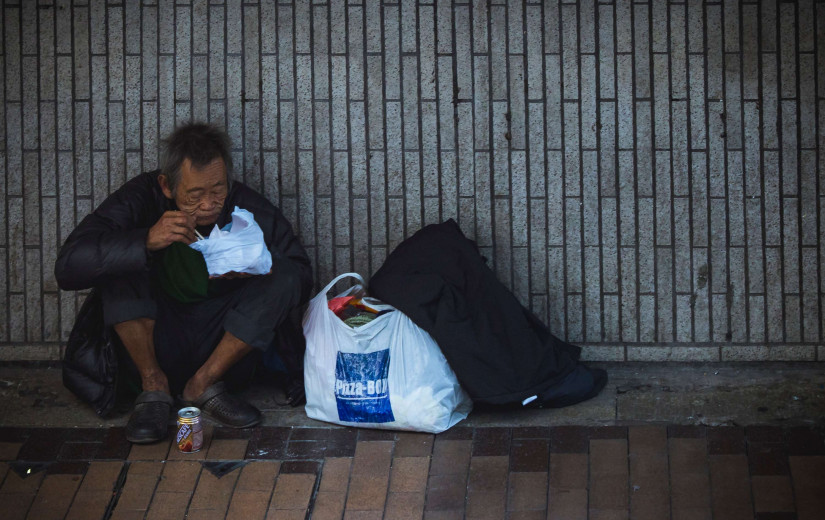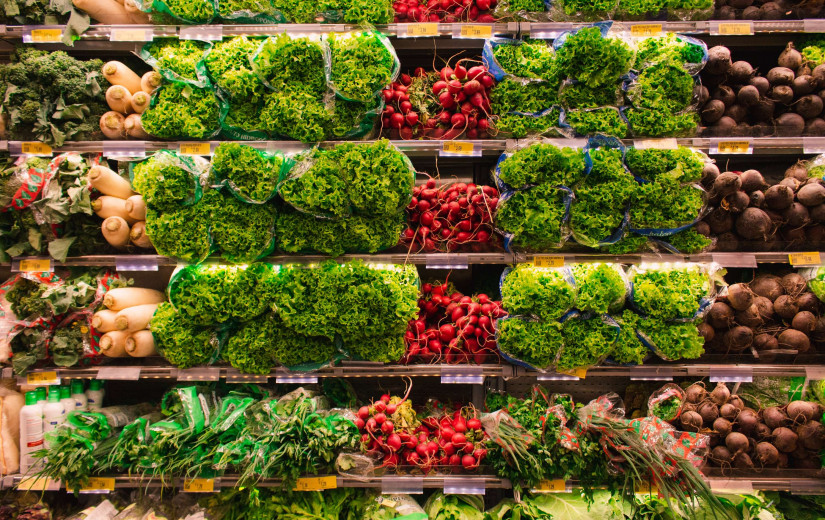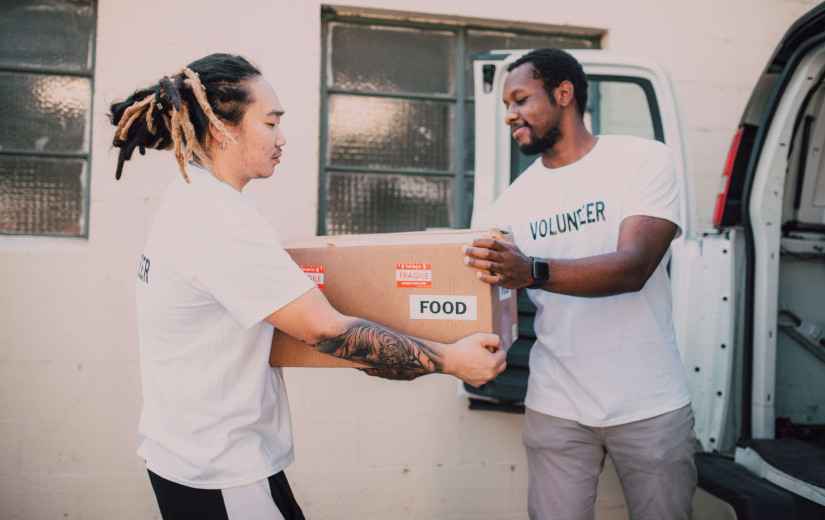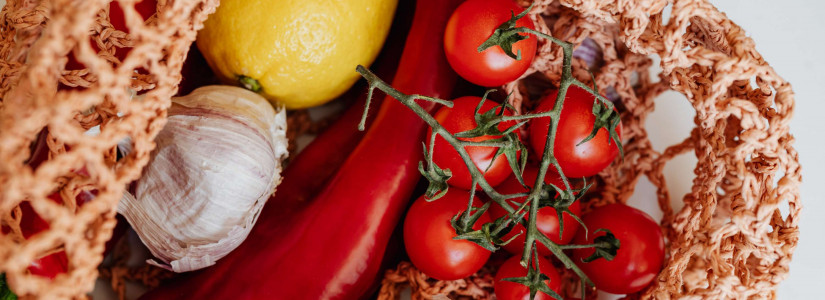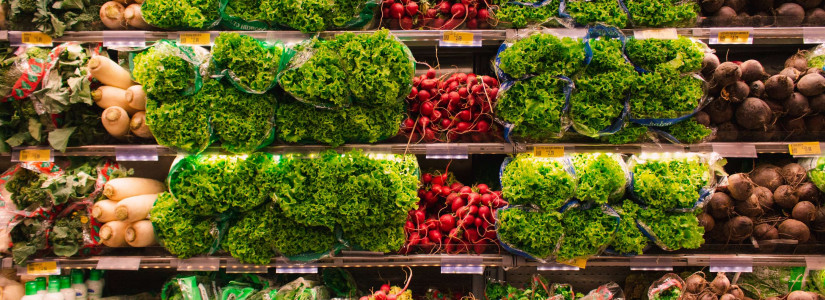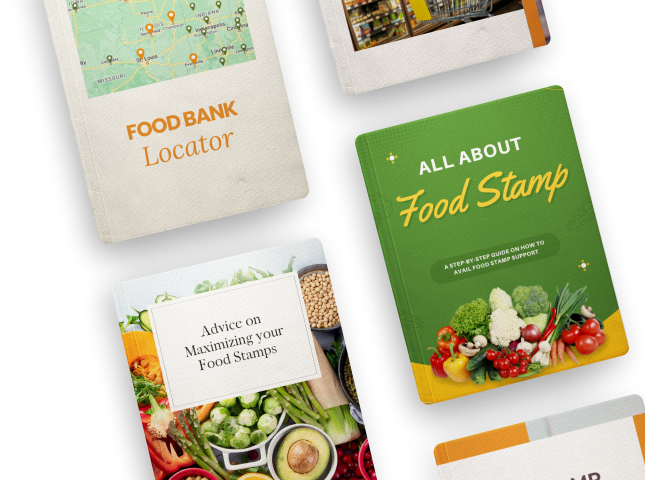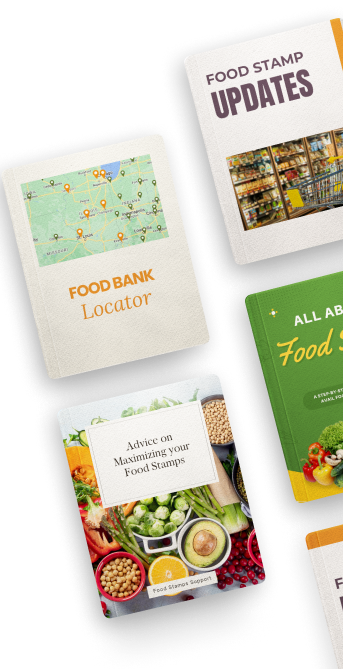Inequality in Food Stamps for Kids: A State-by-State Breakdown
Low-income children across the United States will be receiving increased assistance with food stamps this summer. However, a closer look reveals a disheartening reality — not all states are participating in this program.
According to an article by USA Today, more than half of the states in the country have chosen not to expand the benefits for families with kids, leaving struggling households without the crucial support they need.
Unequal Access to Food Stamps
The U.S. Department of Agriculture (USDA), responsible for administering food benefits, announced that 15 governors opt out of the expanded summer food program for various reasons.
These governors predominantly hail from states that already have high levels of food insecurity. This raises concerns about the growing gap of opportunities for children across different states in the country.
Political Motivations Behind the Opt-Out Decision
It is noteworthy that all 15 states that rejected the federally funded program are led by Republican governors. Political motivations appear to play a role in this decision.
Some governors, like Gov. Jim Pillen of Nebraska, argue against continuing pandemic-era relief programs, while others, like Gov. Kim Reynolds of Iowa, express concerns about the effectiveness of the program in promoting nutrition.
Implications of Unequal Access
This lack of "political will" among certain governors and the uneven implementation of assistance programs have detrimental effects.
Experts warn that denying vulnerable children equal access to benefits exacerbates childhood food insecurity, hindering progress made in reducing hunger rates.
Growing Inequality in Government Assistance
The situation with food stamps is not an isolated incident but part of a larger pattern of inequality in accessing government assistance. Medicaid benefits, minimum wages, and unemployment benefits all vary by state, leaving Americans with unequal opportunities.
This discrepancy is further highlighted by the outdated poverty measurement system, which underestimates the number of financially struggling individuals and families.
High Child Hunger Rates in Opt-Out States
Interestingly, many of the states that rejected the expanded summer SNAP program have higher-than-average child hunger rates.
Among these states are Texas, Mississippi, and Louisiana, which continue to struggle with food insecurity issues.
It is concerning that children in these states, who are already facing high hunger rates, are being denied the additional support available to their peers in neighboring states.
Conclusion
The decision by several states not to participate in the expanded summer food program for children raises important questions about equal access to government assistance across the country.
It is crucial to address these disparities and ensure that vulnerable children receive the support they need regardless of their geographic location. Efforts should be made to bridge the gap and provide equitable opportunities for all children, regardless of the state they live in.




